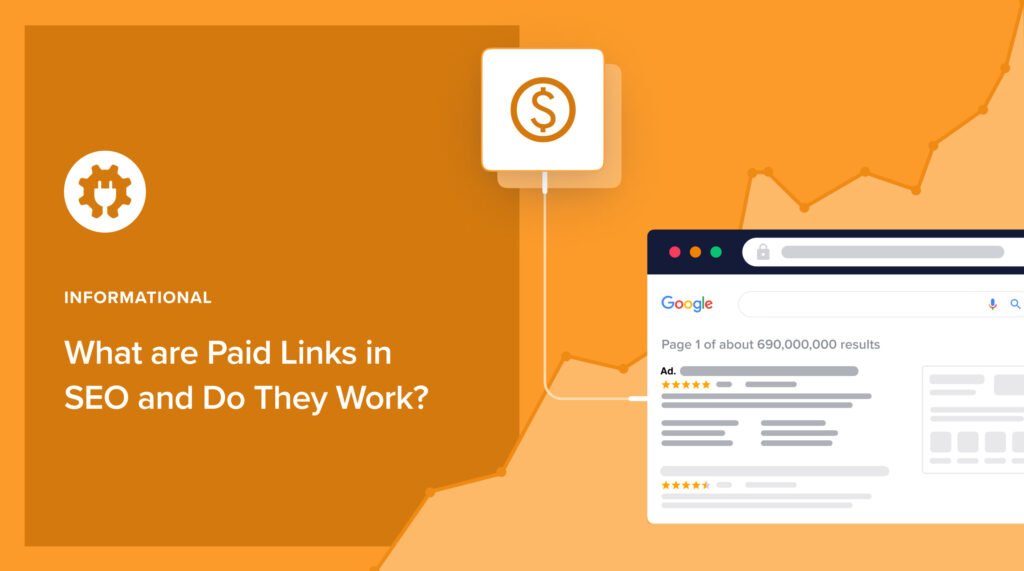Wondering what paid links are and whether they work for SEO?
There’s a big market for paid links. Despite the fact that Google may penalize sites that pay for links, some SEO consultants recommend buying links.
In this article, you’ll learn about paid links, how they work, and why people use or recommend them. After reading this, you’ll be equipped to decide whether you should use paid links.
In This Article
What are Paid Links?
Paid links are purchased backlinks. People who buy backlinks expect them to boost their site’s ranking in search engine results.
It’s easy to see why site owners are intrigued by the idea of paying for backlinks. Paid links are marketed as a shortcut for climbing higher in search engine rankings. And higher rankings mean more conversions and sales.
So why not pay for backlinks if you’ll earn more in return?
To get an answer to this, let’s take a closer look at the role of backlinks in SEO.
Backlinks and SEO
Backlinks, or inbound links from other websites, are a recognized ranking factor.
But not all backlinks are helpful.
High-Quality Backlinks vs. Low-Quality
When it comes to impact on SEO, the quality of the linking site is key.
When trusted sites link to yours, search engines view this as an endorsement.
Examples of trusted or quality sites may include:
- Local chambers of commerce
- Local or national news media
- A blog by a subject matter expert
- Industry associations
- Universities.
The more prominent the linking site, the more impact the link may have on your SEO.
To add SEO value, inbound links must be “dofollow” links.
By contrast, low-quality sites include scam sites or sites that exist only to sell links.
The appeal of paying for links is clear, but your site could be penalized by Google.
Google’s Guidelines on Paid Links
It’s against Google’s guidelines to buy or sell links in order to boost rankings.
This activity is viewed as a link scheme. If detected, it can result in search engine penalties that ruin your SEO.
How Good is Google at Detecting Paid Link Schemes?
You may wonder, “What if Google doesn’t detect that I paid for links?”
Commonly, paid link activity leaves a trail that few can hide.
Like the cat that sneaks behind a curtain but doesn’t realize its tail is sticking out, it’s easy to think your online actions are hidden.
But Google has gotten extraordinarily good at detecting unnatural link patterns. A single wrong step by a site owner can trigger a red flag.
Suffice it to say that most sites engaged in link schemes will eventually incur penalties. If not right away, then a future algorithm may sweep them under.
What About Advertorials?
Paid links aren’t illegal, though. Google expects sites that charge for link placement, guest posts, or advertorials to add a “sponsored” and/or “nofollow” tag to those links.
Links with these tags don’t pass on PageRank value, so the sites offering them won’t be seen as selling links to manipulate rankings.
Link Exchanges
Google also penalizes “excessive link exchanges.” These are “Link to me and I’ll link to you” arrangements.
To avoid these penalties, it’s best to avoid link exchanges unless they’re useful for readers or between sites or businesses you own.
Money Anchors
Poor use of anchor text can also give away link schemes.
Specifically, excessive use of money anchors in backlinks will raise red flags. Money anchors are commercial or transactional keywords, like “buy gold wedding ring.”
Money anchors used repeatedly for backlinks create an unnatural pattern that Google can easily detect and penalize.
Now let’s take in inside look at the paid link building industry.
How Does Paid Link Building Work?
The paid link ecosystem has a range of operators but most use the same tactics.
Here are some of the characteristics and differences.
Low-Level Players
Low-level players openly advertise large numbers of links for low fees. And they often advertise “page 1” rankings on Google.
To educate their readers on paid links, the Isotropic Agency conducted an experiment. They bought 90,000 links from Fiverr for a test site.
Results?
- Isotropic received 12,000 of the promised 90,000 links.
- Most were nofollow links, which means no SEO value.
- All the links were all from low-quality websites.
The test site received no SEO benefit and faced Google penalties.
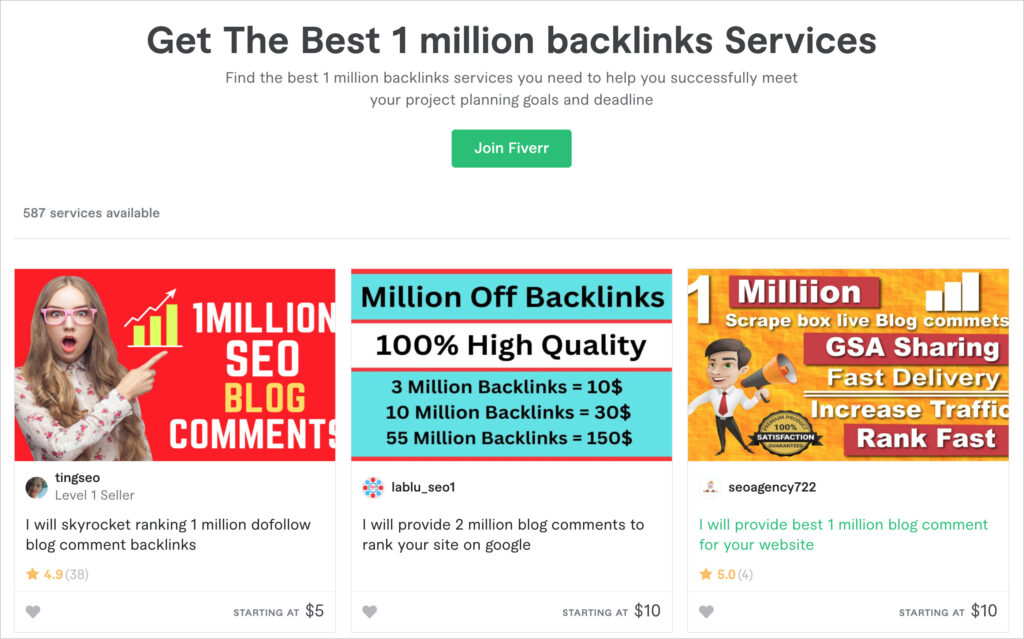
Middling Players
Middling players send cold emails pitching targets on paid links.
These emails often include price lists for multiple sites, either in the body of an email or, typically, via a link to (of all things) Google Sheets. (Nothing like broadcasting your link scheme directly to Google.)
What do they offer?
- Paid guest post placements (which include a dofollow link).
- Link placement within their existing articles.
Some middling players offer to write your article for you for an additional fee. And others insist on recurring annual fees for links.
The pitch might promote “high DA” websites. High DA doesn’t always mean high quality, though.
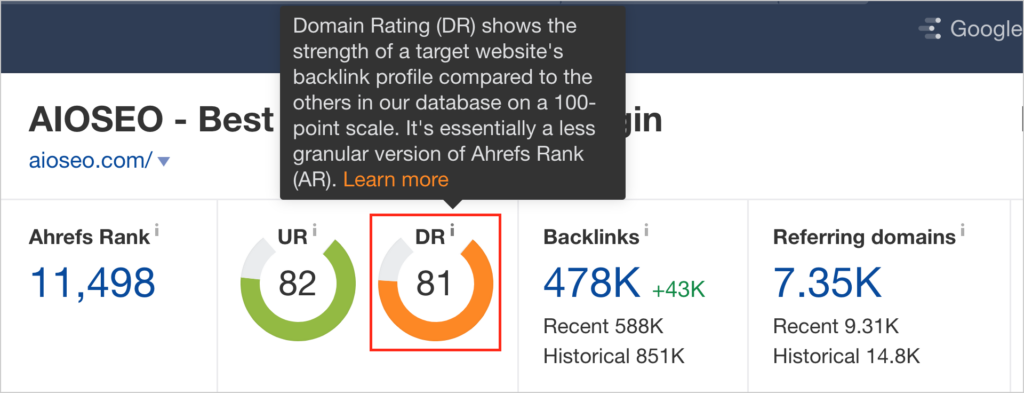
Often these players will buy high DA domains that have recently expired. Then they fill the site with low-quality junk from anyone who wants a guest post and a link.
The Role of Spam Blogs and Private Blog Networks (PBNs)
At the center of these link farms are spam blogs (splogs). These are websites created with the sole purpose of selling links.
As a result, they often (but not always) featured an odd mix of topics. One splog we saw featured cover stories on:
- How to buy a tractor
- How to cure toe fungus
- How to sew your own prom dress.
In other cases, the website may be on a single broad topic like healthcare or finance. In these cases, it may be hard for a novice to detect the site is a splog.
Commonly, splogs are part of a Private Blog Network (PBN). A PBN is a ring of multiple splogs controlled by one entity.
Sometimes paid link operators strive to create at least one spam blog that appears to be legitimate. These efforts typically fall short.
Why all this effort? There’s big money in PBNs.
Researchers estimate some entities are earning $100k/month and more selling links on splogs and PBNs.
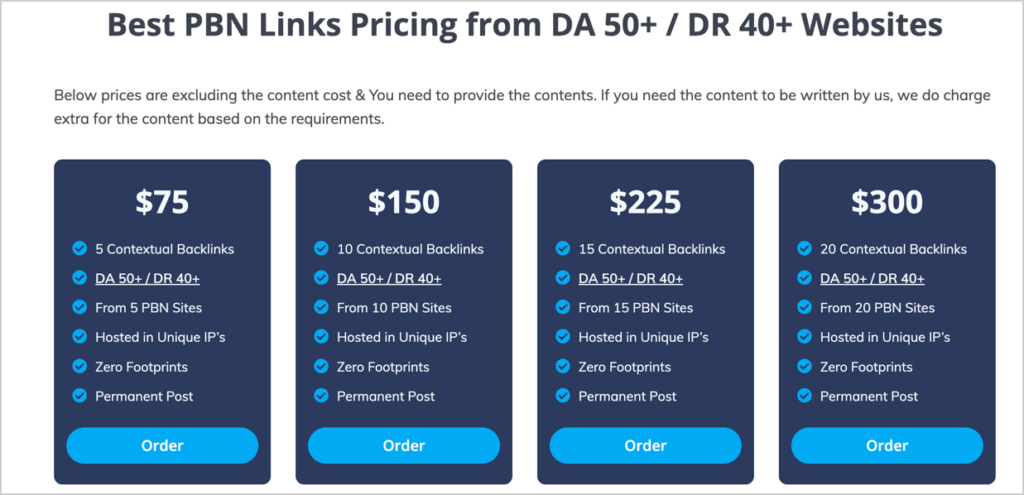
High-Level Players
The last group are high-level players who have profitable websites in very competitive niches.
They’ll cut backroom paid link deals with a select few but will carefully avoid any mention of this on their site.
The sites they do business with would be high-quality sites in a niche that’s complementary (but not directly competitive) to their own. So these links would also benefit their readers.
The high-level player may also decide to negotiate ongoing link exchanges instead, via guest posts. In this case, they’ll bypass fees.
Their leverage is they occupy a favorable ranking in an industry that’s nearly impossible to get traction in.
SEO Consultants Who Recommend Paid Link Building
And that brings us to what may seem like a contradiction: why some SEO consultants advise their clients to pay for links.
This is an open secret discussed in various quarters, including in industry blogs such as the Link Research Tools blog.
The consultant’s recommendation would be for the links from high-quality sites.
And their reasons are those we’ve listed: for the most competitive niches, it may be perceived as impossible for a site to advance far enough in rankings to become profitable without paying for links.
An Alternative to Paid Links
Most sites engaged in black hat SEO link-building will wind up penalized, though.
The best alternative is to earn links.
What are earned links? These are backlinks from sites that find your content to be helpful, interesting, and beneficial for their readers.
Create High-Quality Content that Attracts Links
Start with a goal to create 1-3 “share-worthy” pieces of high-quality content, on topics that are relevant to your audience.
Choose a keyword first. (New to keyword research? Start with this beginners’ guide.)
The overall goal will be to create content that’s better than the competition’s, so you can rank well in Google search results and attract links.
Optimize Your Content for Search Engines
Next, learn how to optimize that content for search engines. Remember: the higher your content ranks, the more links it will attract.
This is where a plugin like All in One SEO (AIOSEO) comes in. It analyzes your content and provides simple recommendations.

The plugin has thousands of 5-star reviews on WordPress.org and it’s currently used by over 3 million people.
Get started by downloading All in One SEO (AIOSEO).
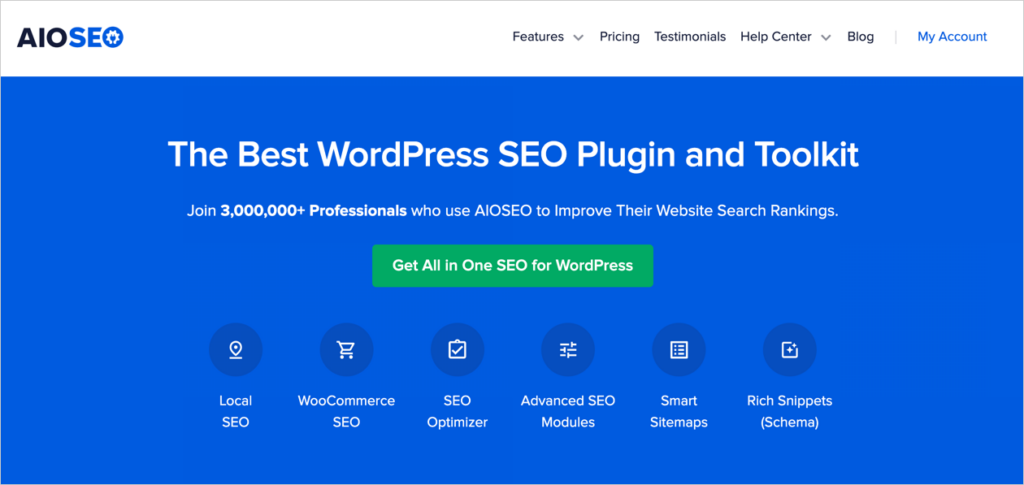
One of the key benefits of using All in One SEO is it simplifies SEO. You’ll learn by doing. And the plugin will provide your action steps.
To get started, explore these options:
- Optimize titles and article descriptions
- Learn what a focus keyword is and how to use it.
- Add rich snippets to get more traffic.
Rich snippets typically lead to higher click-through rates (CTRs), and that can lead to more backlinks.

You can add schema for all sorts of articles, including
Build Links the Right Way
Once your share-worthy content is optimized, make a list of sites that may be interested in linking to it.
Your list might include bloggers, podcasters, or local reporters who cover that topic.
Next, create an email to tell them about the article and to ask them to share it.
- Make the email short and conversational.
- Highlight why your article is of value for their audience.
Q&A on Paid Links
How much do paid backlinks cost?
Paid backlinks can cost anywhere from approximately $35 up to $30,000 per link or more. While it’s rare to see links offered in the 5-figure range, link sellers try to get the maximum possible. Link prices are commonly negotiated.
Be aware that using paid links can harm your SEO. And if the “sponsored” tag is not applied, paid links may cause your site to be penalized by Google.
Do paid links work?
Paid links are typically purchased to boost SEO and they don’t work well for this. Your SEO may worsen, and your site may be penalized by Google.
Some people buy links to increase inbound traffic. If the links have the appropriate “sponsored” tag applied to them, you won’t be in danger of a Google penalty. And if the site sends you valuable traffic, it may be worth it.
Still, earning links is usually the most effective way to grow your backlink profile and capture traffic that converts.
What’s Next?
We hope this post helped you learn what paid links are, why some pursue them, and why they may result in penalties or fail to boost your SEO.
Next, explore the difference between referring domains and backlinks. Check out our link building guide. And find out how to turn your traffic into leads.
If you found this article helpful, then please subscribe to our YouTube Channel. You’ll find many more helpful tutorials there. You can also follow us on Twitter, LinkedIn, or Facebook to stay in the loop.
Disclosure: Our content is reader-supported. This means if you click on some of our links, then we may earn a commission. We only recommend products that we believe will add value to our readers.
